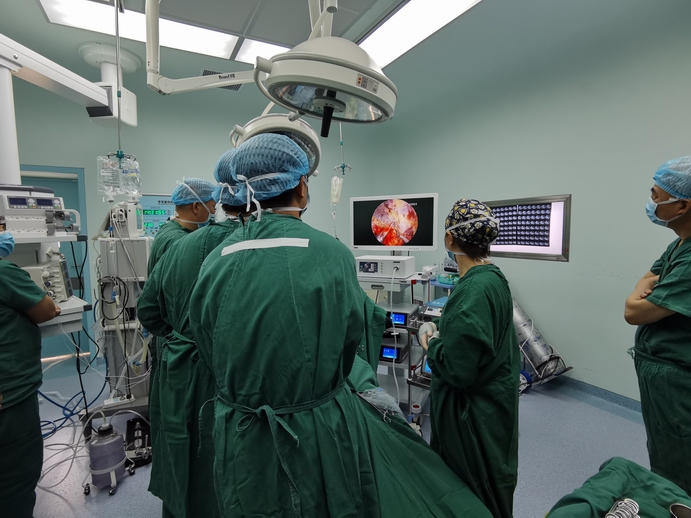Exploring the Capabilities and Applications of Endoscopic Medical Cameras
An endoscopic medical camera is a type of medical equipment that is used to visualize the interior of the body in a non-invasive way. It is used in a variety of medical procedures to aid in diagnosis and treatment. Endoscopic cameras have been used in medical procedures since the early 20th century, but recent advancements in technology have significantly improved the quality and accuracy of these devices.

Overview of Endoscopic Medical Camera
An endoscopic medical camera is a small camera that is attached to a flexible tube that is inserted into the body through a small incision or natural opening. The camera captures high-quality images of the inside of the body and sends them to a monitor that the physician can view in real-time. The camera can also capture video footage, which can be used for future reference.
Features of Endoscopic Medical Camera
Endoscopic cameras have a number of features that make them a valuable tool in the medical industry. Some of the features of an endoscopic medical camera include:
High-resolution imaging: The camera can capture high-quality images and videos of the inside of the body, allowing physicians to see fine details that may not be visible with other imaging techniques.
Flexible tubes: The tubes that the camera is attached to are flexible, allowing them to be maneuvered through the body without causing damage to surrounding tissues.
Illumination: Endoscopic cameras have built-in lighting that illuminates the area being examined, making it easier for physicians to see and identify potential issues.
Compact size: Endoscopic cameras are small and can be easily transported, making them a convenient tool for medical professionals.
Applications of Endoscopic Medical Camera
Endoscopic cameras are used in a wide range of medical procedures, including:
Gastrointestinal procedures: Endoscopic cameras are commonly used to examine the digestive system, including the esophagus, stomach, and intestines.
Urological procedures: Endoscopic cameras can be used to examine the bladder, urethra, and kidneys, and can aid in the diagnosis of urinary tract infections, kidney stones, and other conditions.
Gynecological procedures: Endoscopic cameras are used in gynecological procedures such as hysteroscopy, which allows physicians to examine the inside of the uterus.
Orthopedic procedures: Endoscopic cameras are used in orthopedic procedures to examine joints, such as the knee and shoulder, and to aid in the diagnosis of conditions such as arthritis and torn ligaments.
Conclusion
Endoscopic medical cameras are an essential tool in the medical industry. They allow physicians to visualize the inside of the body without the need for invasive surgery, providing a non-invasive and highly accurate way to diagnose and treat a variety of medical conditions. With advancements in technology, endoscopic cameras are becoming increasingly sophisticated and versatile, and are likely to play an even greater role in the future of medicine.



Leave a message